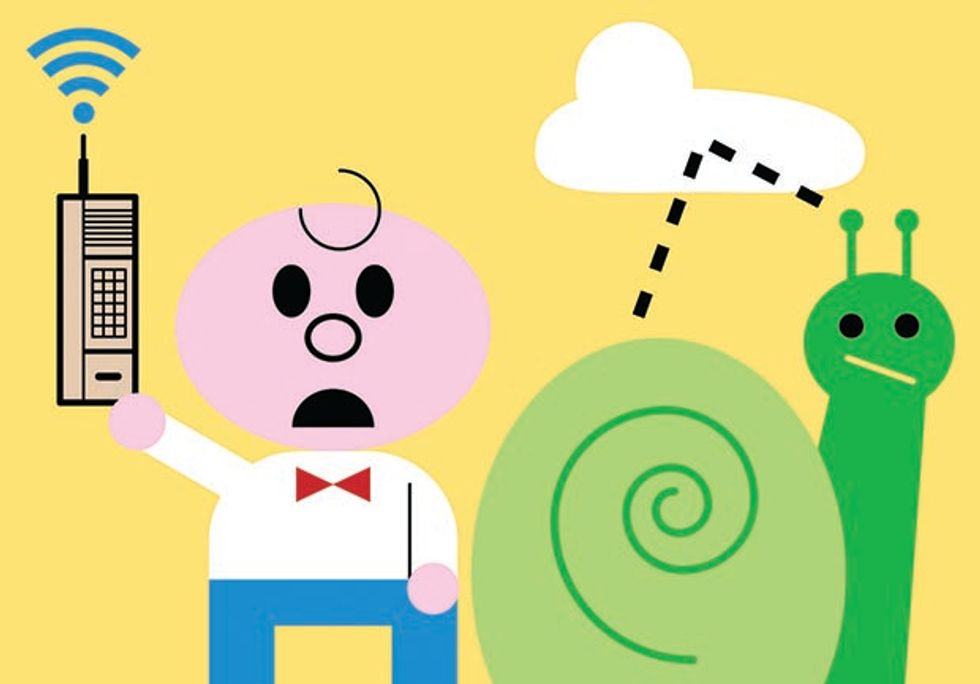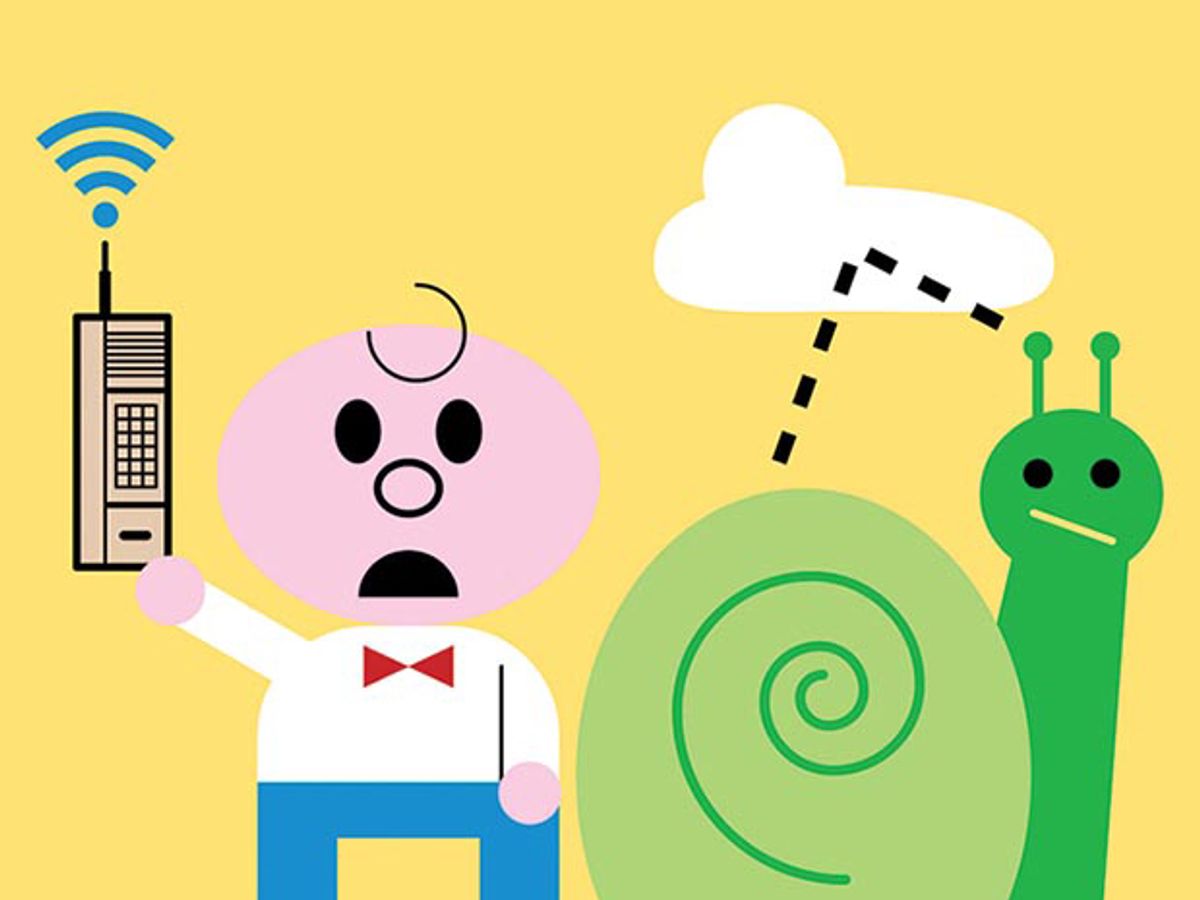
My go-to laptop is out of storage space and I refuse to put my stuff in the cloud. I’m a digital Robinson Crusoe, alone on an island of hard disks and memory sticks. Resisting the cloud hurts only me, but I’m stubborn—and a victim of an insidious, unseen force: Lag.
Lag is the failure to adapt to changes in our engineered world. Lag is everyone’s problem. Many people fall behind; most perpetually feel they will never catch up.
The problem isn’t new. In the 1920s, the sociologist William Ogburn crafted an entire theory around the idea that social and cognitive traits make people slow to adapt to emerging technologies—and thus delay gaining their benefits. Lag hurts the pocket, too. In 1930, John Maynard Keynes, the great economist, partly blamed the Great Depression on “growing pains of over-rapid changes.” Improvements in technology, he wrote, were “taking place faster than we can deal with [them].”
Today’s early adopters of new technologies—those folks storing their digital lives in the cloud—can pretend that by adopting they are adapting. Not always.
The problem of rampant misinformation on Facebook is a prime example of how adoption isn’t adaptation. While facebooking is an everyday experience for millions, decoding the quality of information remains difficult if not impossible. New norms for behavior and technological fixes to stop “fake news” don’t yet exist. Lag is the chief culprit.
Similarly, online education appears to sharply reduce costs and expands access to great teachers. Yet early adopters encounter the paradox that they quickly reach a level of knowledge where they gain more from face-to-face instruction.
The pernicious effects of lag persist longer than expected. The peril may be getting worse, in part because adoption of new digital tools is accelerating. Amazon, Twitter, Instagram—all seemed to have established themselves with the rapidity of a hurricane.
In the distant past, adoption rates were slower, easing the challenge of overcoming social and cognitive lag. The telephone provides a classic example. When Bell patented telephony in 1876, the main benefit was to deliver a better form of telegraphy—of sending coded messages more cheaply and easily than Western Union. Many years passed before the telephone’s dominant purpose was talking to others. As late as 1940, barely one in three households had a phone.
AT&T’s slow appreciation for the social uses of the telephone reflected confusion over value. As the preeminent scholar of telephony, Claude Fischer, showed in his book America Calling, the national Bell system only belatedly realized the telephone “will keep your personal friendships alive and active.” By the end of the 20th century, after relentless marketing, the Bell slogan “Reach out and touch someone” was synonymous with telephony. People happily spent hours a day on the phone.
The mobile phone revolution at first gave new life to disembodied chatting. Yet today, many prefer texting. The telephone mainly provides a Web connection. Once more, as a century ago, human conversation occurs best face to face.
If we are condemned to lag behind technological shifts, can we do anything to more quickly close the gap?
Surprisingly, the history of touch screens reveals much about the complexities of lag. Business first adopted touch screens to assist cashiers in the 1970s and ’80s. The equipment was bulky, slow, and expensive. Another 20 years passed before Steve Jobs standardized Apple handheld devices around touch screens. Jobs insisted that touch screens be the main way to control Apple’s small devices. He even gambled that Apple’s high volumes would dramatically drive down the cost and improve the quality of these screens. Because the underlying technology was mature, Jobs’s gamble paid off. Without his bold move on “forward pricing,” touch-screen technology might have remained trapped in the limbo of lag.
For me, lag is a bittersweet reminder that facing the future with courage involves a willingness to let go of cherished traditions in the name of pragmatic adjustments.
Which means I’ll soon be announcing, “Hey cloud, welcome to my world!”
About the Author
G. Pascal Zachary is a professor of practice at Arizona State University’s School for the Future of Innovation in Society.
